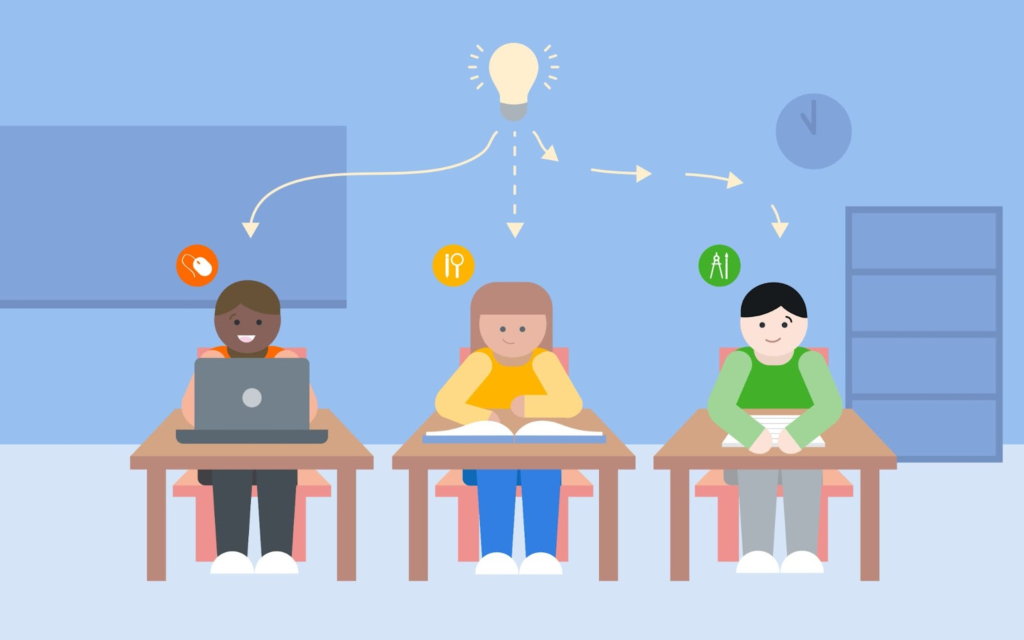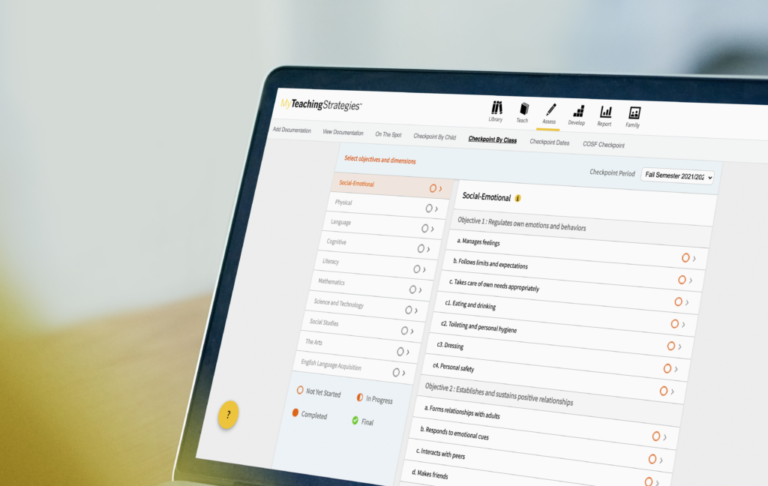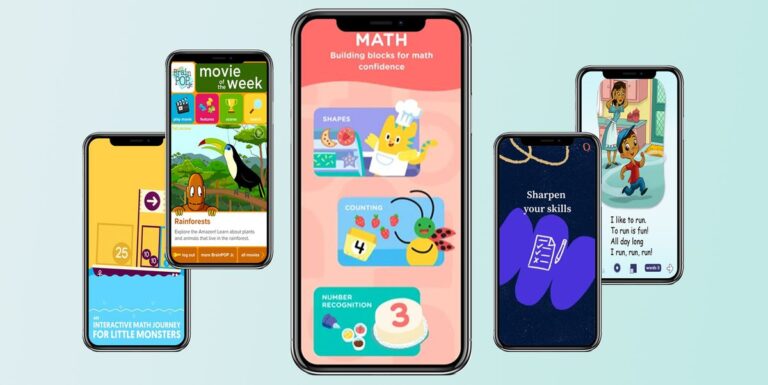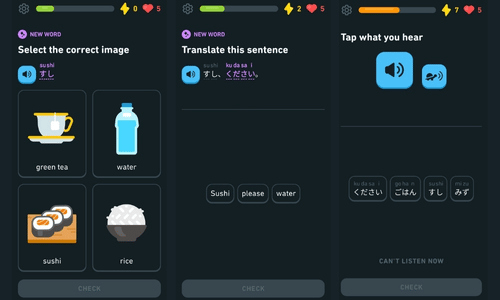Teaching textbooks refer to a form of education that incorporates technology in the classroom to teach students. These teaching materials combine interactive textbooks, digital content, and multimedia features to create an engaging learning experience. Teaching textbooks are becoming increasingly popular in today’s classrooms, but is it the right choice for your classroom? This article explores the pros and cons of using teaching textbooks in your classroom.
Table of Contents
Pros of Teaching Textbooks
Interactive Learning Experience
Teaching textbooks provide an interactive learning experience that can keep students engaged and interested in the material. Students can interact with the content, watch videos, and complete interactive quizzes and assessments. This type of learning experience can help students retain information better and can also be more enjoyable than traditional textbook learning.
Personalized Learning

Teaching textbooks can be personalized to meet the needs of each student. Students can work at their own pace, and the software can provide feedback on their progress. This can help students who are struggling with a particular concept or need extra help in a specific area.
Cost-Effective
Using teaching textbook can be a cost-effective solution for schools and teachers. Digital textbooks are often cheaper than traditional textbooks, and schools can save money on printing costs. Additionally, teaching textbooks can be used year after year, reducing the need for schools to purchase new textbooks every year.
Convenient
Teaching textbooks can be accessed from anywhere with an internet connection, making it easy for students to complete their work at home or on the go. This flexibility can be especially helpful for students who have busy schedules or who are unable to attend school regularly.
Cons of Teaching Textbooks
Technical Difficulties

One of the main challenges of using teaching textbooks is the potential for technical difficulties. If the software or internet connection is not working correctly, it can be difficult for students to access the material. Additionally, some students may struggle with the technology and need additional support from teachers.
Limited Interaction
While teaching textbooks can provide an interactive learning experience, it can also limit student interaction. Students may miss out on the benefits of group work and face-to-face discussions that can help them develop important social skills.
Lack of Customization

Teaching textbooks can be personalized, but they may not be as customizable as traditional textbooks. Teachers may not be able to add their own content or modify the material to fit their teaching style or the needs of their students.
Overreliance on Technology
Using a teaching textbook can lead to an overreliance on technology. Students may become too dependent on the software and not develop critical thinking and problem-solving skills that are necessary for success in the real world.
Is Teaching Textbook the Right Choice for Your Classroom?

Whether or not a teaching textbook is the right choice for your classroom depends on a variety of factors. It’s important to consider the needs of your students, your teaching style, and your budget. Teaching textbook can be a great option for some classrooms, but not for others.
If you decide to use teaching textbooks math for the solution of maths problems, it’s essential to provide adequate support for your students. This may include training on how to use the software and providing additional help for students who are struggling with the technology.
Conclusion
Teaching textbooks can be a valuable tool for educators, but they are not without their drawbacks. It’s essential to weigh the pros and cons of using a teaching textbook in your classroom and determine whether it’s the right choice for you and your students. Remember to provide adequate support and training for your students if you decide to use a teaching textbook, and always be open to feedback and suggestions for improvement.









